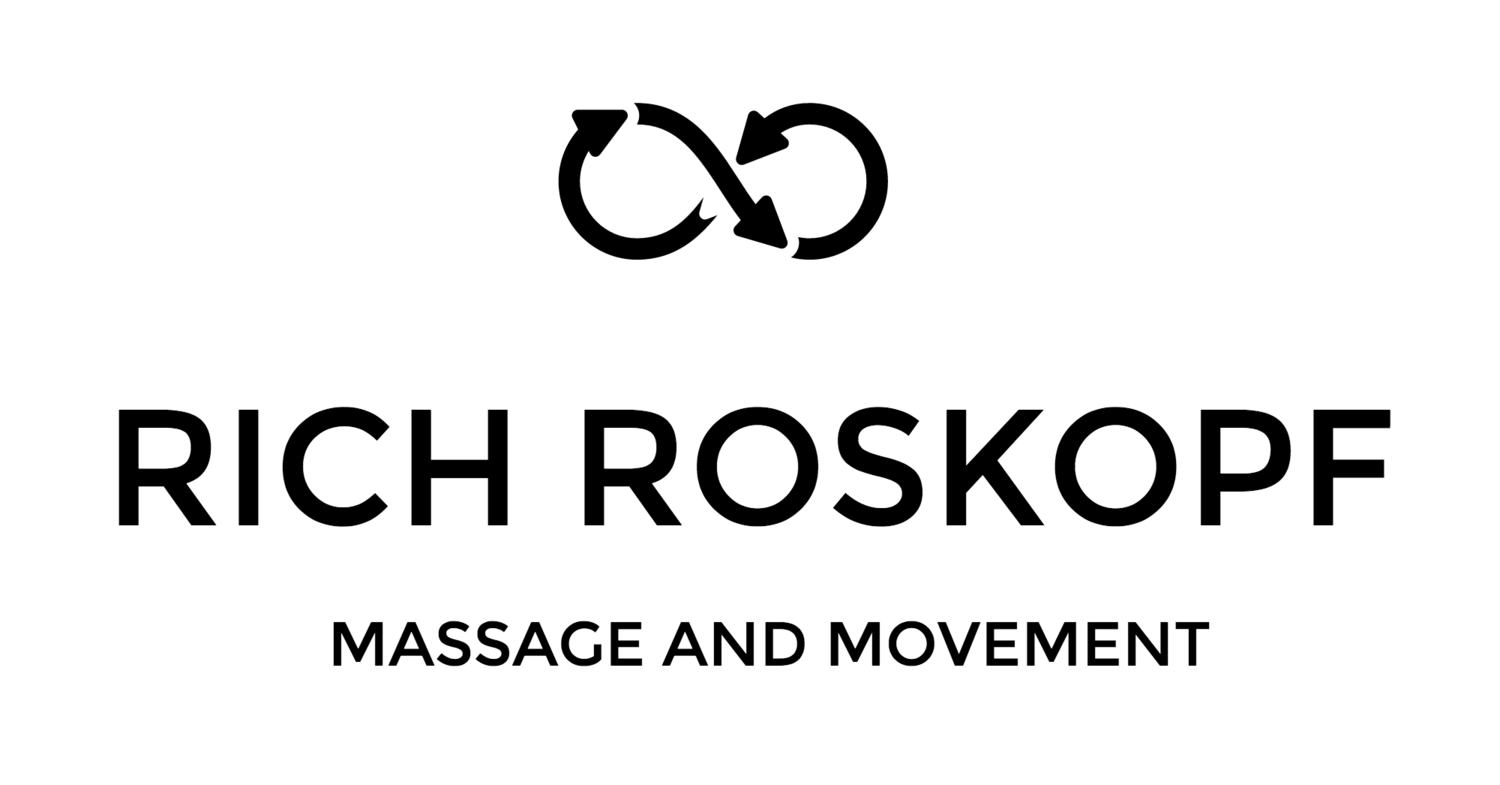The muscles of the neck are designed to be head turning muscles, not head holding muscles. Using your fingers, palpate underneath your jaw all the way around the back of your skull, this is the top of your neck. Next, palpate the bottom of your neck. Starting at your sternum, feel along the top of your collarbones out to where they meet the acromioclavicular joint. Turn the corner and continue palpating around the back of the neck just above shoulder blade level. This is the bottom of the neck. Everything in between the base of the skull and the collarbones and shoulder blades is head turning muscle, neck muscle!
Most people think their neck comes straight down, then they have shoulders, then they have arms. For people with chronic shoulder and neck tension, it’s often helpful to redefine the entire area so they only have head turning muscles and arms (refer back to The arm has 4 joints, February 14). I’ve asked clients to refrain from using the word shoulder for up to six months as we re-map and reframe the chronically held area. They are, however, free to have a glenohumeral joint. After a sufficient amount of mapping and freeing has been done, they can have shoulders again to see how it feels.
Can you redefine the top and bottom of your neck? Developing new kinesthesia like this can take some time and effort, but the ease you find will be well worth it.
Next we’ll look at an example of a scrunched neck and and a free neck.

